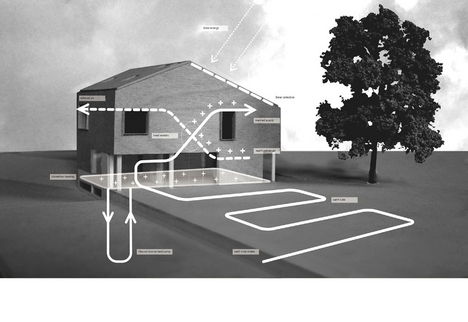In Building yesterday, a study by London South Bank University says a quarter of schemes in London are exceeding the 10% target. The article states:
In total the study, undertaken by London South Bank University, looked at 113 detailed energy statements for schemes that had been given planning approval.
Erm, but none of those scheme has been built yet. And currently there’s no mechanism for enforcing adherence to the commitment by developers – unless it’s written into a Section 106. This enforcement mechanism is a tricky issue that hasn’t been resolved as far as I know. The study also finds that:
…the most effective technologies at cutting carbon are CHP and CCHP, particularly where biomass fuel is used.
Fantastic, and I’m looking forward to seeing more biomass in London. We’ve specced it on a number of jobs, the first of which is up and running. But I can say that using biomass heating (never mind biomass CCHP) brings its own logistical tangles. It’s one thing to tot it up on a spreadsheet and another entirely to bring to fruition.
Without succumbing to the pessimism that seems de rigeur when blogging about the government’s or the GLA’s green policies, I’d just like to add a note of caution. The schemes have been granted planning permission but are by no means home and dry. A follow up survey is needed to see what’s actually built.
Read Full Post »
